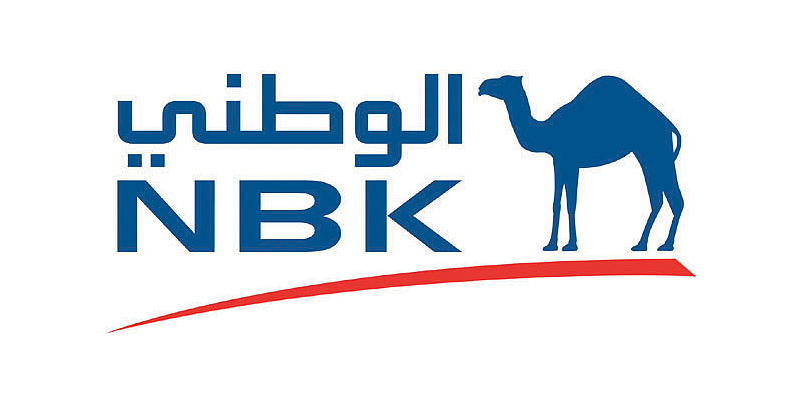KUWAIT: The underlying drivers of consumer activity in Kuwait remain solid, including sustained job gains, government measures, and favorable demographics, with spending registering another firm rise in 1Q23. Nevertheless, growth has eased from previous quarters, as the effects of previous government stimulus and the post-pandemic demand rebound fade. Overall consumer spending is likely to continue to benefit from the government’s intention to maintain an expansionary fiscal stance, supported by high oil revenues.
That said, in the near term, spending growth could moderate further amid the volatile and overall weaker global macroeconomic environment and tighter monetary policy, which could weigh on consumer sentiment. Spending robust Consumer spending, measured by total credit and debit card transactions (including ATM cash withdrawals), grew by 14% y/y in 1Q23, the same rate as the previous quarter and by 3.8% q/q. While growth has slowed from its peak of more than 30% early last year, it remains solid compared to pre-2019 levels, where growth averaged 7% y/y during 2014-19.
The initial trend of particularly strong overseas spending in the wake of the lifting of pandemic restrictions has now settled at more ‘normal’ levels.(Chart 2.) Card transactions outside of Kuwait didjump20% y/y in 1Q23 (compared to a 7% rise in 4Q22), a quarter marked by a strong uptick in National Day overseas travel; although overseas spending still represents less than 6% of total consumer spending. As for local spending, growth further softened to 13% y/y. Household credits Household lending (excluding loans for the purchase of securities) has been providing solid support to consumer spending.
The rate of increase in household credit has weakened in recent quarters, however, to 7% y/y at the end of 1Q23 (from 14% y/y in 1Q22), amid tighter monetary conditions. Lending growth in the ‘consumer loans’ sub-segment – which strips out housing loans and may be most closely related to the purchase of consumer durables – had slowed to 5.7% at the end of Q1 from a peak of 15.1% early last year. Employment recovering Population and labor markets both recorded a sharp recovery in 2022, following the return of some expats after their COVID-linked departures.
The boost to private consumption from an expansion in the labor force and population growth, while undoubtedly positive, may not be so pronounced, given that most of the recent additions to the expat population and jobs are concentrated in labor-intensive and possibly lower-end jobs. Sustained job gains among Kuwaitis continue to be a solid driver of consumption growth, though. According to data from the Kuwait Public Authority for Civil Information (PACI), the total population of Kuwait reached 4.74mn in 2022, increasing by 8% y/y. The number of non-Kuwaitis rose by 11.1% y/y, outpacing the increase in Kuwaitis (+1.9%).
Overall employment grew by 8.1% during the last six months of 2022, predominantly driven by the return of some expatriate jobs following the resumption of economic activity post-COVID. Still, expat employment levels across many sectors are some way below their peak in 2019, suggesting a full recovery is yet to happen. Meanwhile, employment among Kuwaiti nationals inched up by 1.4% in the six months to December 2022 to 455K on mainly public sector job gains. Average wages of Kuwaiti public sector workers roseby 1.8% y/y in 4Q22, the fastest growth rate in over two years, according to Kuwait Central Statistical Bureau and Labor Market Information System data.
Broadly, increasing employment and growing wages (based on the data for the public sector) should support consumer spending in the country. Consumer sentiment ebbing As measured by ARA Research and Consultancy’s Consumer Confidence Index, consumer sentiment has also been trending lower. Growing worries about the global economic outlook and moderating oil prices have contributed to the recently softer readings of the broad consumer sentiment index. The index for durable goods (consumer discretionary category) has been more volatile but is also broadly softening. The overall moderating trend in consumer confidence outlines some easing in growth in consumer activity.
Inflation elevated Inflation in Kuwait in April stood at 3.7% y/y, unchanged from March but up from 3.2% at the end of 2022. Consumer prices have seen some renewed upward pressures this year across several key categories including food & beverages, clothing and housing services. (Chart 5.) Ramadan-related seasonality could explain some of this increase. Nevertheless, the overall inflation trend we see for the remainder of the year is one of moderation on easing consumer activity. Fiscal stimulus We also expect fiscal policy to provide ongoing support for the consumer sector going forward.
The election of anew parliament in June could be followed by the approval of the draft budget for FY23/24 proposed earlier this year. The draft outlined a 12% y/y increase in budgeted public expenditures, driven by a 13% rise in salaries and a 34% rise in subsidies. A part of this spending, however, consists of accrual payments to ministries for previous years’ outlays so the positive impact on demand this year may be somewhat less. The government also aims to hire around 20K additional Kuwaiti employees in the public sector this fiscal year, which should support rising consumer demand.











